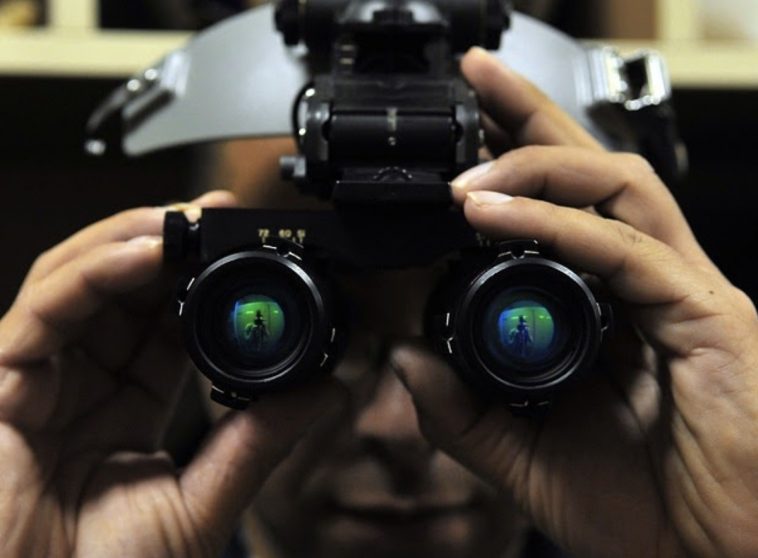Night vision is known as an essential tool for aviation crews, law enforcement, and military ground troops, especially Special Forces. Soldiers can use night vision goggles to spot and eliminate targets, while unmanned aerial vehicles are also equipped with thermal cameras to spot the enemy from above. But those are not the only cases. As night vision goggles (NVG) are less ubiquitous in law enforcement, and as their prices fall, they are becoming more common. However, there is still a lot of confusion about what these tools can and cannot do.
Here is all you need to know about night vision goggles.
1. Types of Night Vision Goggles
While “night vision goggles” is the most commonly used label for this kind of technology, there are actually two different types. The right NVG gear for you will depend on the conditions in which you will be using the technology. Here are the two available ty
– The image intensifier night vision device or the I²: This is an optical device that takes light and intensifies it. The latest I² can work in even pitch dark conditions.
– The infrared or thermal device: This measures the heat difference between objects and their surroundings and produces an image of what is radiating the heat.
2. How Night Vision Goggles Work
Each primary type of night vision goggles has its own mechanism. Here is the difference:
– The image intensifier night vision device or the I² recognizes and magnifies light from sources, such as starlight or moonlight. This light strikes a photocathode plate and then is magnified and transmitted through a vacuum tube. In this tube, it strikes a microchannel plate that eventually illuminates a picture which repeats the same pattern as the original light source.
– The infrared night vision system uses a sensor to read the temperature difference between an object and its surrounding environment to form an image of it. This data is then sent to a display so the user can see it.
3. How to Choose Night Vision Goggles
It’s important to remember there are a lot of applications for NVG in law enforcement and military applications, but if your work requires you to surveil, overwatch sniper, operate SWAT, or search in the dark, I² is an excellent tool for you. On the other hand, thermal systems are usually used to search and rescue, recover evidence, or trace recent activities. Recreational hunters make use of both types of the device depending on their needs. Check the applications of both types to make the most out of NVG technology.
4. Disadvantages of Night Vision Goggles
Both types of NVG have some drawbacks, so it’s important to consider them before making your decision. I² don’t work well in certain conditions, such as smoky, foggy, heavy rain, or snowy days. They can also be hampered by street lights in big cities. Thermal, however, can see through these conditions. but can be foiled by window glass. Probably the biggest drawback of both is that the image they create is not clear enough for an ID, which means while you can see a suspect is hiding in the woods, you can’t tell who it is.
5. What to Look Out For
When shopping for NVG it’s important to know what you should look for. It’s easy to tell if the thermals are good as you can check their resolution in the packaging: 640×480 is best for handhelds, and 320 x 240 or even 240 x 180 is good for a system. Higher resolution and more features (such as still and video capture) will come with a bigger price tag.
I² equipment is a little bit more complicated, but generally, the quality is defined by how good their optical characteristics and image intensifier tube are. Usually, a resolution of 45 lp/mm is recommended to be the best for most operations.
6. How to Care for Your Night Vision Goggles
Just like any other device, you should take care of your NVG if you want them to last. Being a military device, they are relatively robust, but just be careful not to drop them. You should not store NVG with batteries inside for a long time, and don’t open your lens covers until you need to use it. Don’t forget to put on the protective case that comes with your NVG, as it can help prevent your lenses from scratches and dirt. Thermal cameras can last a lifetime with proper care. I² systems also last a very long time, as long as the coatings of the tubes stay protected.
Night vision goggles are a very useful tool for many jobs, and they can help you to accomplish your goals while protecting yourself. Although anyone can put on the device and wander around in the dark, getting some training can help you get the most out of your device. An NVG device is a big investment, so be sure to take care of your equipment.



